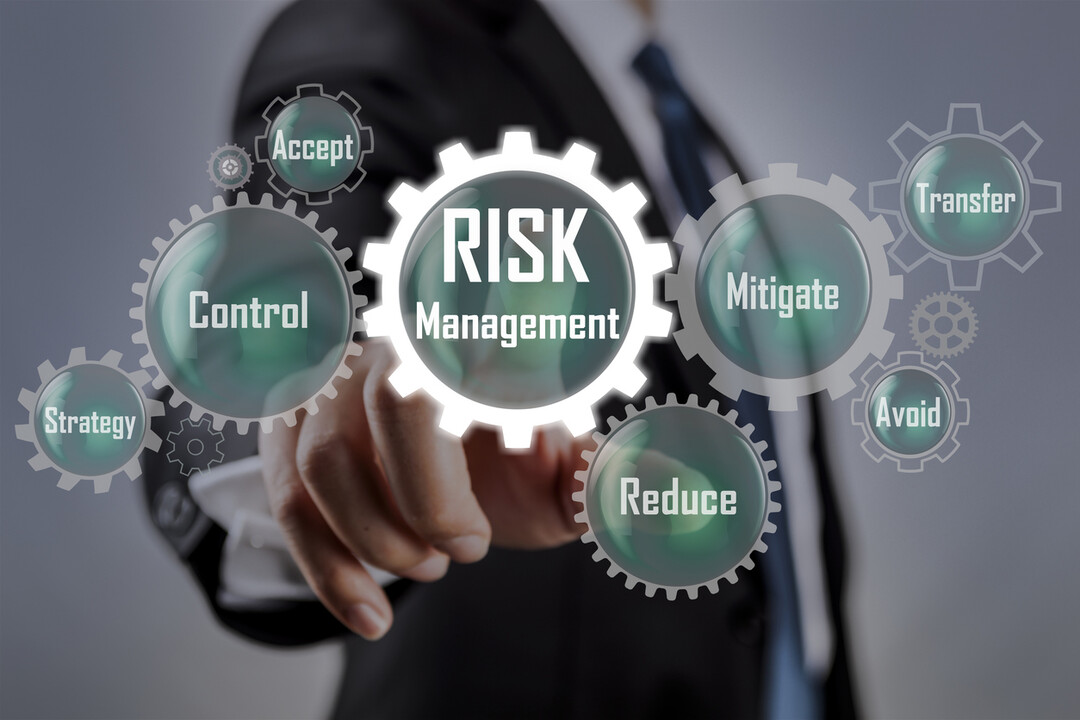 Read more here
Read more here

Risk Management for Central Banks
DATE
2024-06-17;
LOCATION
To Be Determined;
Why Attend?
Covid-19 has reoriented central bank risk management. The global pandemic has forced central bankers to reassess the risks they face and, ultimately, must manage.
It has challenged them to work in new ways – and to manage the new risks resulting from this.
It has highlighted new areas of interconnectedness – and disconnects. It has ripped up carefully thought-out contingency plans.
The crisis has shown the importance of a robust yet flexible framework for managing the wide range of risks they face: from managing conduct risk and the human element, to reputational risk, to cyber and IT risks.
 Course Objectives
Course Objectives
-
This Course Objective Hasn't Been Provided Yet
 Target Audience
Target Audience
This course is designed to equip central bankers to meet these challenges.
Course introduction
Course introduction session led by the chair
- Introductions and welcome from the chairperson
- Overview of the training course
- Discussion of the delegate expectations
What risks and challenges do central banks face?
- Evolution of the risk management function in central banks
- Emerging external risks – the economy, geopolitics and technology
- Evolving risks from the inside – governance, culture and ethics
- Discussion: What are the key risks in the delegates home jurisdiction
Operating in a multi-mandate environment: a governor’s perspective
- Overview of central banks evolving mandate in 2022
- Implication for external responsibilities and internal functioning
- Impacts of the evolving mandates and what this means for the central bank
- Discussion: experiences from participants’ home jurisdictions
Reputation risk and building trust with employees, clients, shareholders, regulators and the public
- Key factors and dynamics affecting a central banks reputation
- Examples of how to avoid reputational damage through revisionary frameworks and reforms
- Methods and tools of how board members can view operational, financial and reputational risks
- Discussion: establishing the tools that will be used to identify and monitor reputational risks
Enabling the risk function: moving towards an integrated corporate management function
- Overview of new roles, functions and responsibilities of risk management departments
- Impacts of organisational developments on central bank risk management
- Key components of a robust and responsive risk management framework
- Discussion: where and how are risks managed in participants’ central banks?
Building organisational resilience: the role of strategic planning
- Key features of organisational resilience as a strategic goal
- Impact of factors such as corporate culture, risk appetite and risk tolerance
- Examples of tools and frameworks for strategic monitoring and continuous assessment
- Role of interdepartmental cooperation and coordination
A risk appetite framework for central banks
- A risk appetite statement: use of this framework in a central bank
- How this framework can be a means to improve risk culture and awareness
- Achieving sufficient granularity to cover all the main risks of the institution
- Case study: how a central bank covers this issue; the pros and cons
Building resilience through an effective BCP
- Building and managing an effective BCP programme
- Testing and exercising the BC plans to strengthen resilience
- Measures & protocols during Covid-19
Towards sustainability: risk perspectives on greening central banking
- Understanding the connection between central banking and climate-related risks
- A framework for thinking about climate-related risks and their impact
- Implications for policymaking, operations and governance
- What this means for risk management: short, medium and long term
Cyber risk and the evolving threat landscape
- Overview of the current cyber threat landscape
- Emergence of new risks and the evolution of existing risks
- Examples of strategies and responses to digital disruption and cyber attacks
- Discussion: what does it take to resource a modern cyber resilience function?
Internal audit and compliance: efficient operations in three lines of defence set up
- Internal audit – the what and whys
- Independence and objectivity of internal audit functions
- How can internal audit and risk management work together?
- Discussion: your expectations of internal audit and how can you enhance interactions with internal audit at your organisation?
Enhancing the culture of risk management: effective steps for successful implementation
- Key building blocks of the risk awareness culture
- Examples of strategies to strengthen the risk awareness culture in central banks
- The role of risk awareness in organisational resilience
- Discussion: how to build a risk culture for 2022 and beyond
Closing remarks and delegate action plans
- Summary of the course
- Discussion of the observed trends and case studies
- Application of learning points in the delegates’ home organisations
- Preparation of action points

Join Our Community